Death in the Queue: Israel’s Targeting of Gaza’s Starving Civilians at Aid Sites
In the war-torn Gaza Strip, where over two million people endure a suffocating blockade and relentless conflict, a new layer of tragedy has emerged. Centers meant to distribute humanitarian aid have become deadly traps for starving Palestinians seeking food to survive. Described as "death traps" by survivors and condemned by international organizations, these sites, often backed by Israeli and U.S. mechanisms, have turned the act of seeking sustenance into a life-threatening ordeal.
Since the introduction of a new Israeli-U.S. aid distribution system in May 2025, reports have surfaced of Palestinian civilians being targeted while attempting to access food and supplies. According to the Gaza Government Media Office, at least 549 Palestinians were killed, 4,066 injured, and 39 reported missing in a single month at these aid sites. The system, operated under the guise of the "Gaza Humanitarian Foundation" (GHF), has been criticized for luring desperate civilians into what have been dubbed "killing fields."
Al Jazeera’s investigative program, The Observatory, aired on June 30, 2025, highlighted the dire situation, documenting how Israeli forces have allegedly used hunger as a weapon. The program featured exclusive footage of an Israeli drone strike targeting a Palestinian civilian carrying a sack of flour in Gaza City’s Shujaiya neighborhood. Eyewitness accounts from Palestinian families described the horror of these attacks, where the pursuit of basic necessities like flour has become a deadly gamble, with aid seekers caught between starvation and gunfire.
A Haaretz investigation further corroborated these claims, revealing that Israeli soldiers were ordered to open fire on unarmed civilians near aid distribution centers to "disperse" them, despite no visible threats or armed individuals. Soldiers described these areas as resembling "battlefields" and admitted to treating unarmed Palestinians as hostile forces, signaling a collapse of ethical standards within the military.
The transformation of aid distribution centers into zones of violence has exacerbated Gaza’s already catastrophic humanitarian situation. The United Nations Relief and Works Agency (UNRWA) reported that Gaza is the "hungriest place on earth," with 17,000 children suffering from severe malnutrition. UNRWA and the International Committee of the Red Cross have condemned the targeting of civilians at aid sites, calling for an immediate end to the Israeli-American distribution system and a return to UN-supervised humanitarian deliveries.
Doctors Without Borders labeled the aid distribution plan as "lethal" and urged its termination, citing the deliberate endangerment of civilians. The New York Times quoted a UN humanitarian coordination spokesperson who described these sites as "death traps," emphasizing that access to food is a fundamental human right being violated by the blockade and targeted attacks.
Social media platforms, particularly X, have amplified the outrage. A post by activist Salah expressed the anguish of Gazans: “I wish I could scream to all of Gaza’s people: Don’t go to the aid centers—they’re death traps. But how can I, knowing their reality is harsher than their ability to refuse? People are starving, and dignity crumbles before the cries of hungry children.” Another user, Ghadi, called the attacks a “calculated genocide,” arguing that targeting starving civilians is designed to spark chaos among Gaza’s population.
The targeting of aid seekers occurs against the backdrop of a prolonged Israeli military campaign in Gaza, which resumed in 2025 and has been described as a “genocide” by Palestinian advocates and some international observers. The blockade has severely restricted access to food, medicine, and other essentials, pushing Gaza to the brink of famine. The Gaza Government Media Office reported that the new aid system, implemented without UN oversight, forces Palestinians to choose between starvation and risking death at the hands of Israeli forces.
Reports indicate that Israeli forces have repeatedly disrupted aid delivery, with incidents of shelling and drone strikes on crowds gathered at distribution points. On June 27, 2025, a tank attack south of Gaza City targeted aid seekers, leaving a trail of casualties. Another incident on June 23 saw a young Palestinian killed while searching for food, his body carried on a cart meant for transporting flour, symbolizing the grim reality of Gaza’s plight.
The international community’s response has been mixed. While UN agencies and humanitarian organizations have issued strong condemnations, political action remains limited. Egypt’s Foreign Minister announced efforts to broker a 60-day ceasefire in Gaza, but negotiations have stalled due to Israel’s insistence on continuing the war. Hamas official Osama Hamdan stated that the movement proposed a comprehensive deal to halt hostilities, open crossings, and begin reconstruction, but Israeli intransigence has blocked progress.
On X, users have expressed growing frustration with global inaction. One post described the attacks as “terrorism,” accusing Israel of orchestrating a deliberate strategy to kill starving civilians. Another highlighted research mapping Israel’s targeting of schools, bakeries, and aid convoys, framing it as a violation of international law aimed at starving Gaza’s population.
Sources:
https://tinyurl.com/3ct5pcyz
https://news.un.org/en/story/2025/06/1164846
https://tinyurl.com/3z8z6u9s
Disclaimer
The views expressed in this article are the author’s own and do not necessarily mirror Islamonweb’s editorial stance.

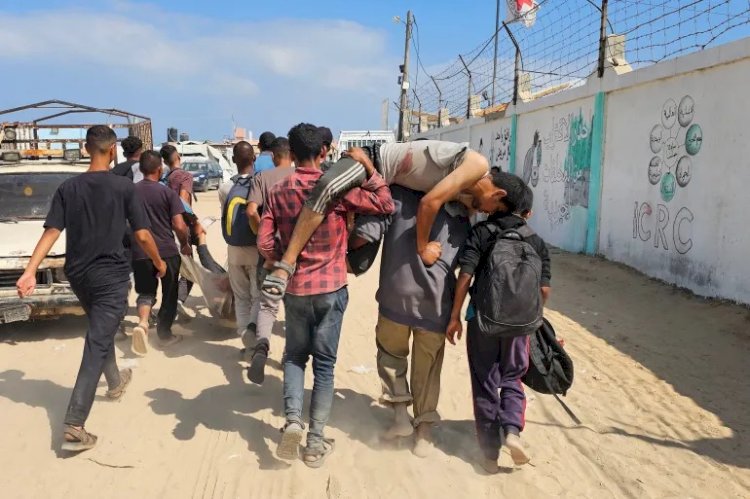




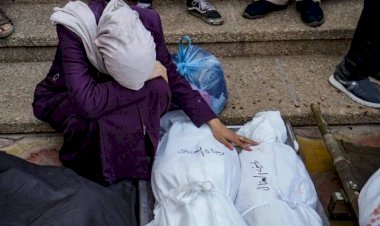
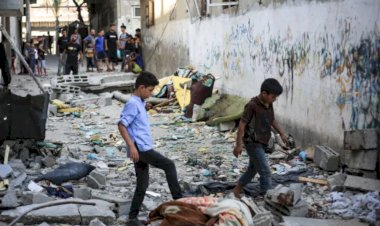
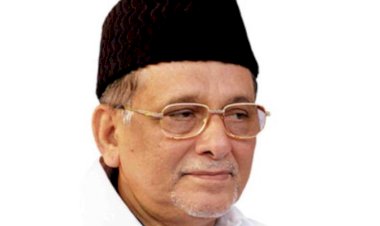












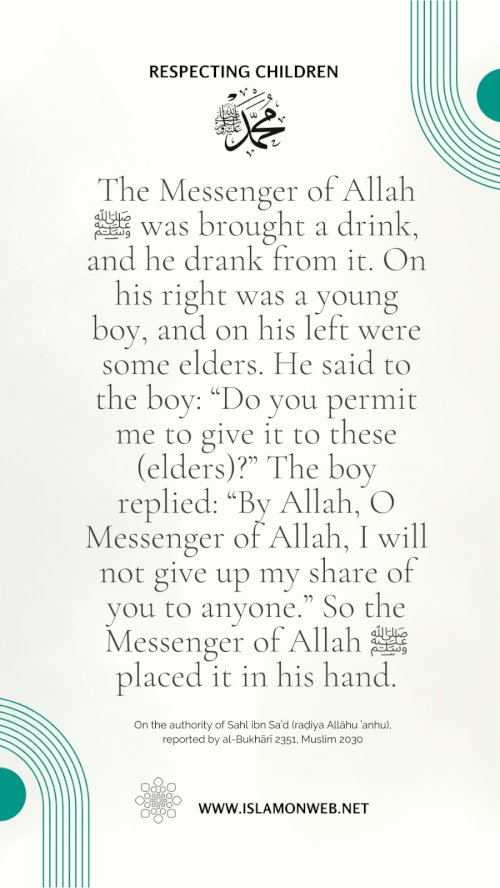


Leave A Comment